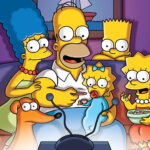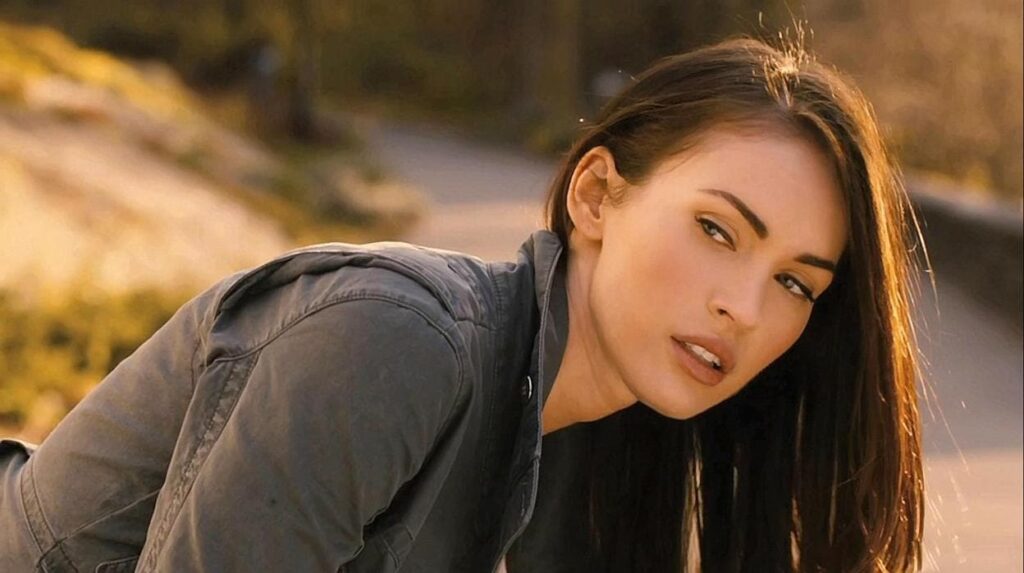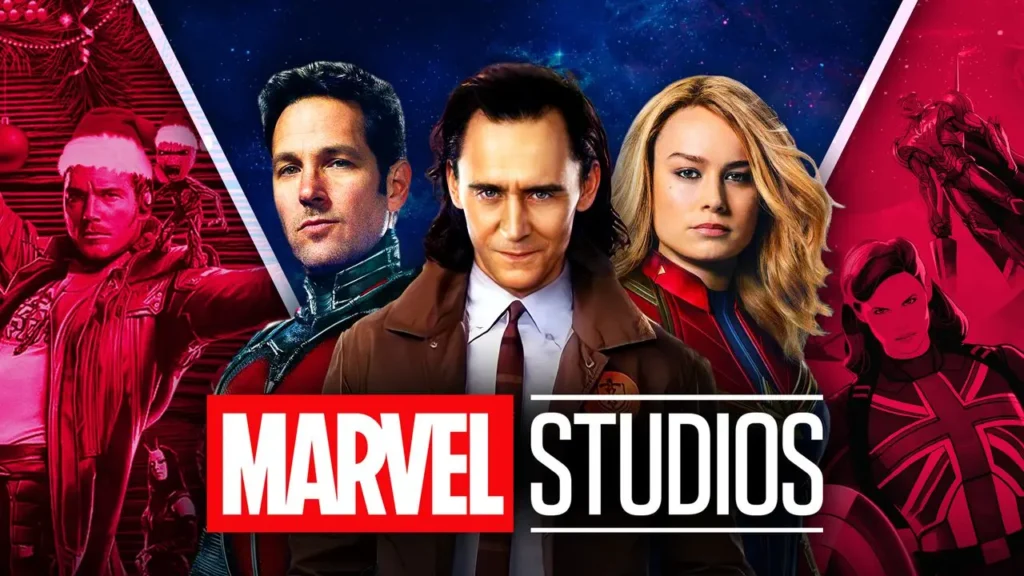Dark TV Shows Of All Time You Should Watch
Dark TV shows have become increasingly popular in recent years, offering viewers intense and gripping storytelling. These series explore complex themes and characters, often pushing the boundaries of what we expect from television. Some of the best dark TV shows of all time include “True Detective,” “Breaking Bad,” and “The Sopranos,” which have set new standards for quality and depth in television.
I’ve noticed that many of these dark comedy TV shows blend humor with serious topics, creating a unique viewing experience. They tackle difficult subjects like crime, addiction, and moral ambiguity, but do so with a touch of wit that keeps audiences engaged. This balance of light and dark elements has helped these shows gain critical acclaim and devoted fan bases.
Key Takeaways
- Dark TV shows often explore complex themes and morally ambiguous characters
- Many popular dark series blend elements of drama, comedy, and suspense
- These shows have had a significant impact on television storytelling and production quality
Evolution of Dark TV Shows
Dark TV shows have changed a lot over time. They’ve gone from niche offerings to mainstream hits. Streaming services played a big role in this shift.
Dark TV shows first appeared in the 1950s and 1960s. “The Twilight Zone” was one of the earliest. It mixed sci-fi with unsettling themes. In the 1990s, shows like “Twin Peaks” pushed boundaries even further.

Horror became more popular on TV in the 2000s. “American Horror Story” on FX was a big hit. It paved the way for more scary shows. Dark comedies also gained fans. “Dexter” on Showtime blended humor with serial killing.
I noticed cable TV took more risks than network channels. This led to bolder, darker content. HBO’s “The Sopranos” and “Six Feet Under” are good examples.
Streaming changed everything for dark TV shows. Netflix, Hulu, and Amazon Prime made it easier to watch niche content. They also started making their own shows.
“Black Mirror” on Netflix is a great example. It explores dark themes about technology. Disney+ surprised viewers with darker Marvel shows like “WandaVision”.
HBO Max continued HBO’s tradition of edgy content. “Succession” mixes dark humor with family drama. Paramount+ joined in with shows like “Evil“.
I’ve seen how streaming lets creators take more risks. There are fewer rules than on regular TV. This has led to more diverse and daring dark shows.
Themes and Storytelling
Dark TV shows push boundaries with complex characters and gripping plots. They tackle tough topics head-on, leaving viewers unsettled yet captivated.
I’ve noticed that dark TV shows often blur the lines between good and evil. Characters face difficult choices with no clear right answer. This creates an immersive experience that keeps me guessing.
Shows like “Breaking Bad” feature protagonists who do bad things for seemingly good reasons. This moral ambiguity makes me question my own values. I’m forced to empathize with flawed characters, even as they make questionable decisions.
Psychological thriller elements add another layer of complexity. Characters’ motivations and inner struggles drive the plot forward. I find myself analyzing their every move, trying to unravel their true intentions.
Dark shows don’t shy away from graphic content. Murder and violence are often central to the plot. But it’s not just for shock value.
I’ve seen how these shows use violence to explore deeper themes. “The Sopranos” depicts brutal mob hits, but also examines the psychological toll on the perpetrators. Homicide detectives in “True Detective” confront horrific crime scenes, revealing the darkness in human nature.
Some shows feature morally gray characters like hitmen or criminals as protagonists. This unique perspective challenges my preconceptions about good and evil. I’m forced to confront uncomfortable truths about society and human nature.
Exploration of Mental Health
Many dark TV shows tackle mental health issues head-on. Depression, anxiety, and addiction are common themes. I appreciate how these shows bring awareness to often stigmatized topics.
Characters struggle with their personal demons, adding depth to their arcs. “Mr. Robot” portrays the main character’s mental illness as both a strength and a weakness. This nuanced approach helps me understand the complexity of mental health.
Grief is another recurring theme. Shows like “The Leftovers” explore how characters cope with profound loss. I find these portrayals both heartbreaking and cathartic. They remind me of the resilience of the human spirit in the face of tragedy.
Genre-Specific Analysis
Dark TV shows blend elements from various genres to create unique viewing experiences. These shows often push boundaries and challenge our perceptions.
Dark Comedy Dynamics
Dark comedies mix humor with serious or taboo topics. Shows like Rick and Morty blend sci-fi concepts with dark themes. I find its irreverent humor and existential undertones captivating.
It’s Always Sunny in Philadelphia takes a different approach. It follows a group of morally bankrupt friends running a bar. The show’s genius lies in making unlikeable characters oddly entertaining.
Barry explores the life of a hitman trying to become an actor. Its blend of violence and absurd situations creates a unique tone. I appreciate how it balances dark themes with genuine laughs.
Horror and Supernatural Influences
Horror elements often feature in dark TV shows. True Blood combines vampires with Southern Gothic themes. I found its mix of supernatural drama and social commentary intriguing.
Some shows use horror to explore deeper issues. The fear factor serves as a vehicle for character development and social critique. This approach can make difficult topics more accessible to viewers.
Supernatural elements can also add mystery and intrigue. They create worlds where anything is possible, allowing for creative storytelling and unexpected plot twists.
Anthology series offer a unique format for dark storytelling. Black Mirror stands out with its exploration of technology’s dark side. Each episode presents a new story and cast, keeping the content fresh and unpredictable.
This format allows creators to tackle a wide range of topics. They can experiment with different tones and styles within the same show. I find this variety keeps viewers engaged and encourages deeper thinking about each episode’s themes.
Anthology series also attract top talent. Actors and directors often join for single episodes, bringing star power and diverse creative visions to the shows.
Character Studies
Dark TV shows often feature complex characters that challenge our perceptions. These characters drive the storylines and keep viewers engaged with their moral ambiguity and depth.
Anti-Heroes and Flawed Protagonists
John Luther is a prime example of an anti-hero in dark TV. As a detective, he uses unconventional methods to solve crimes. His actions blur the line between right and wrong. I find Luther’s character fascinating because he’s not a typical “good guy.”
Another standout is Barry, played by Bill Hader. Barry is a hitman trying to become an actor. His struggle between his dark past and desire for a normal life creates tension. I think this internal conflict makes him relatable despite his violent profession.
These flawed protagonists make us question our own morals. They show that people aren’t simply good or bad.
Supporting characters in dark TV shows often serve as foils or catalysts for the main characters. They can push the story in unexpected directions.
In After Life, Ricky Gervais plays the lead, but the supporting cast adds depth to his journey through grief. His coworkers and friends provide both comic relief and emotional support. I believe their presence highlights the main character’s growth.
Some supporting characters become fan favorites due to their quirks or backstories. They may start small but grow to have major impacts on the plot.
These characters can also represent different viewpoints or moral stances. This adds layers to the show’s themes and discussions.
Iconic Dark TV Shows
Dark TV shows have captivated audiences with their gritty storytelling and complex characters. I’ve seen many standout series push the boundaries of what’s possible on television. Let’s look at some of the most iconic dark shows that have left a lasting impact.
Cult Classics and Fan Favorites
“The Boys” has become a cult hit with its twisted take on superheroes. I love how it blends dark humor with shocking violence. “BoJack Horseman” is another fan favorite that tackles heavy themes like depression and addiction through the lens of a washed-up sitcom star.
“Fargo” reimagines the Coen Brothers’ film into an anthology series. Each season tells a new story of crime and questionable morality in the Midwest. I find its dark comedy and eccentric characters endlessly entertaining.
“Succession” has become a cultural phenomenon. The Roy family’s constant backstabbing and power plays make for riveting television. I’m always on the edge of my seat watching their schemes unfold.
Rising Stars in Dark TV Shows
“Industry” offers a gritty look at young bankers in London. I’m impressed by how it exposes the cutthroat world of finance. The show doesn’t shy away from the characters’ moral failings and self-destructive behavior.
“The White Lotus” is a sharp satire of wealth and privilege. Each season takes place at a new luxury resort, peeling back the veneer of paradise. I find its dark humor and social commentary both entertaining and thought-provoking.
“Taboo” stars Tom Hardy in a grimy period piece full of violence and mysticism. The show’s dark atmosphere and complex plot keep me guessing at every turn.
Critically Acclaimed Series
“After Life” tackles grief with a perfect blend of humor and heartbreak. Ricky Gervais delivers a poignant performance as a man struggling after his wife’s death. I appreciate how the show balances its dark themes with moments of genuine warmth.
“True Detective” (season 1) set a new standard for TV crime dramas. Its haunting atmosphere and stellar performances from Matthew McConaughey and Woody Harrelson left a lasting impression on me.
“Breaking Bad” remains a pinnacle of dark television. Walter White’s transformation from mild-mannered teacher to drug kingpin is a masterclass in character development. I’m still in awe of its tight plotting and moral complexity years later.
Dark TV shows require careful planning and execution to create their unsettling atmosphere. Skilled directors and producers use specific techniques to bring these complex stories to life on screen.
I’ve noticed that successful dark TV shows often stem from a strong creative vision. Directors like David Lynch and Sam Esmail have made their mark with unique styles. Lynch’s work on Twin Peaks set a new standard for eerie storytelling. Esmail’s direction in Mr. Robot created a paranoid, tech-driven world.
These directors use visual cues to set the mood. Dark color palettes, shadowy lighting, and off-kilter camera angles are common. I’ve seen how these choices can make viewers feel uneasy without relying on jump scares.
Music and sound design play a big role too. Subtle background noises and haunting scores add layers of tension. This attention to detail helps create a fully immersive experience.
I’ve observed that dark TV shows often push the boundaries of filmmaking. The German series Dark used complex timelines and parallel universes. This required innovative visual storytelling to keep viewers engaged.
Some techniques I’ve seen include:
- Non-linear narratives
- Unreliable narrators
- Surreal dream sequences
- Time-lapse and slow-motion shots
These methods can make stories more gripping. They also challenge viewers to pay close attention to every detail.
10 Gritty Superhero Series Like The Boys: Explosive Action-Packed Triumphs & Flops
Challenges in Depicting Dark Themes
Portraying dark themes on TV comes with unique challenges. I’ve noticed that producers must strike a balance between shock value and storytelling. Too much graphic content can turn viewers away. Too little can make the show feel watered down.
Sensitive topics like violence, addiction, and mental illness need careful handling. I’ve seen how good writers and directors approach these issues with nuance. They avoid glorifying harmful behaviors while still exploring their impacts.
Budget can be another hurdle. Creating convincing special effects or period settings takes money. Some dark shows overcome this with clever writing and practical effects.
Dark TV shows have left a lasting mark on our culture and society. They’ve changed how we watch television and made us think about important issues in new ways.
Dark TV shows have transformed the television landscape. I’ve noticed they’ve pushed boundaries in storytelling and visual style. Shows like The Handmaid’s Tale and Black Mirror have set new standards for quality and depth in TV.
These shows often tackle complex themes that were once rare on TV. They’ve made it okay to explore difficult topics like oppression, technology’s dark side, and societal collapse.
I’ve seen their influence spread to other genres too. Even lighter shows now include darker elements and more complex characters. This shift has raised the bar for TV writing and production across the board.
Dark TV shows often hold up a mirror to our society. I’ve found they can make us think about real-world issues in powerful ways.
Many of these shows criticize current trends or possible futures. The Leftovers, for example, looked at how society might cope with unexplained loss.
These shows can spark important conversations. They might make us question our use of technology or our political systems. Sometimes they even predict real-world events.
I’ve noticed they can also help people process difficult emotions or experiences. By showing dark scenarios, they can make viewers feel less alone in their struggles.







